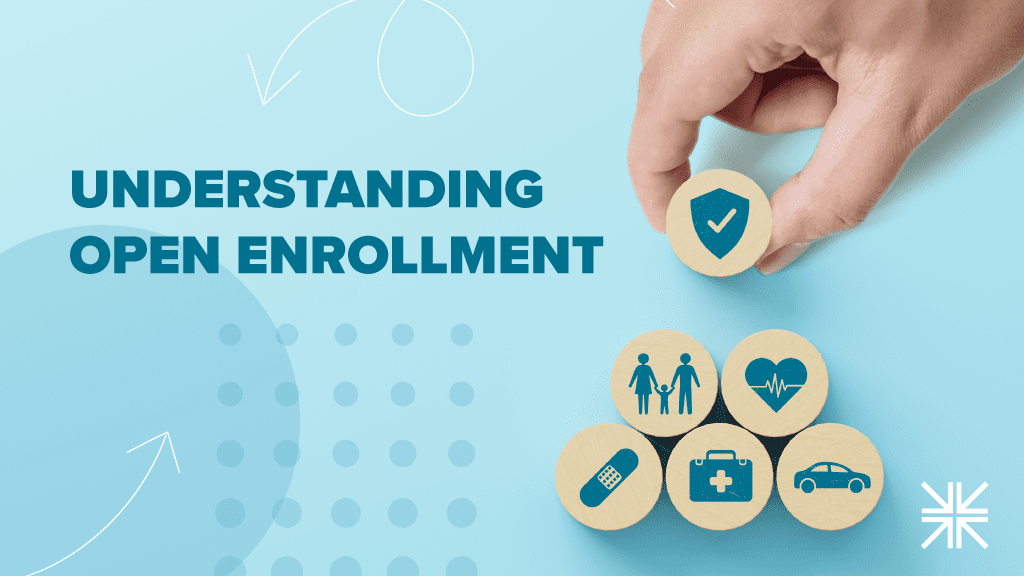
As the seasons change and leaves begin to fall, another important event comes into view on the horizon: open enrollment. For employees of many companies, open enrollment marks a significant period where they can make crucial decisions about their employee benefits for the upcoming year.
But what exactly is open enrollment, and why is it an important time of year?
Defining Open Enrollment
Open enrollment is a designated period during which employees can review and make changes to their benefit selections for the upcoming year. These benefits typically include health insurance, dental and vision coverage, life insurance, and other optional benefits such as flexible spending accounts (FSAs) or health savings accounts (HSAs). The specifics of the process, including the duration of the open enrollment period, vary from company to company.
The Importance of Open Enrollment
Open enrollment is a critical time for both employers and employees. For employees, it provides the opportunity to assess their current benefit selections, evaluate any changes in their personal financial circumstances, and make adjustments that align with their evolving needs.
This might involve adding a dependent to health insurance coverage, changing to a different healthcare plan, adjusting contribution levels to retirement plans, or taking advantage of tax-advantaged accounts like FSAs or HSAs.
Navigating the Open Enrollment Process
1. Review Your Current Benefits
The first step for employees is to review their current benefit selections and understand what each benefit entails. This includes understanding coverage details, contribution amounts, and any changes that might have occurred since the last enrollment period.
2. Assess Your Personal Needs
Employees should evaluate any changes in their life circumstances that might impact their benefit needs. For instance, getting married, having a child, or anticipating medical procedures can all influence the choice of benefits.
3. Explore Available Options
During open enrollment, companies often provide employees with a range of benefit options. It's essential to explore these options carefully and consider how they align with personal preferences and financial goals.
4. Consider the Available Health Care Plans
Health insurance is often a central component of open enrollment. Employees should evaluate different plans based on factors such as premiums, deductibles, co-payments, and coverage networks. It's crucial to strike a balance between monthly costs and potential out-of-pocket expenses.
5. Retirement Planning
Open enrollment is an excellent time to review and adjust contributions to retirement plans. This can include traditional 401(k) plans, Roth 401(k) plans, or other retirement savings vehicles offered by the company.
6. Utilize Tax-Advantaged Accounts
Employees should consider using FSAs or HSAs if available. These accounts can help mitigate healthcare expenses by allowing individuals to set aside pre-tax dollars for medical, dental and vision costs.
7. Stay Informed
Companies often provide educational resources such as brochures, online tools, webinars, and in-person presentations to help employees make informed decisions. It's important to take advantage of these resources to fully understand the benefits being offered.
8. Adhere to Deadlines
Open enrollment periods have strict deadlines. Missing the enrollment window might mean being locked into current benefit selections for the upcoming year. Therefore, it's crucial to mark the dates on the calendar and complete the enrollment process on time.
Open enrollment is more than just a routine task; it's an opportunity for employees to take charge of their financial and healthcare well-being. It empowers individuals to tailor their benefits to their evolving life circumstances, ensuring that they have the coverage and support they need.
By understanding the importance of open enrollment and taking the time to make informed decisions, you can maximize the value of the benefits provided by your company.
